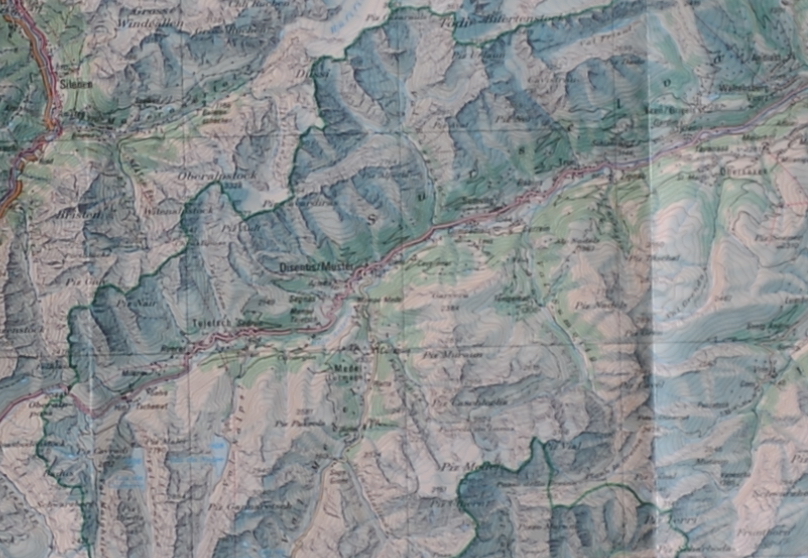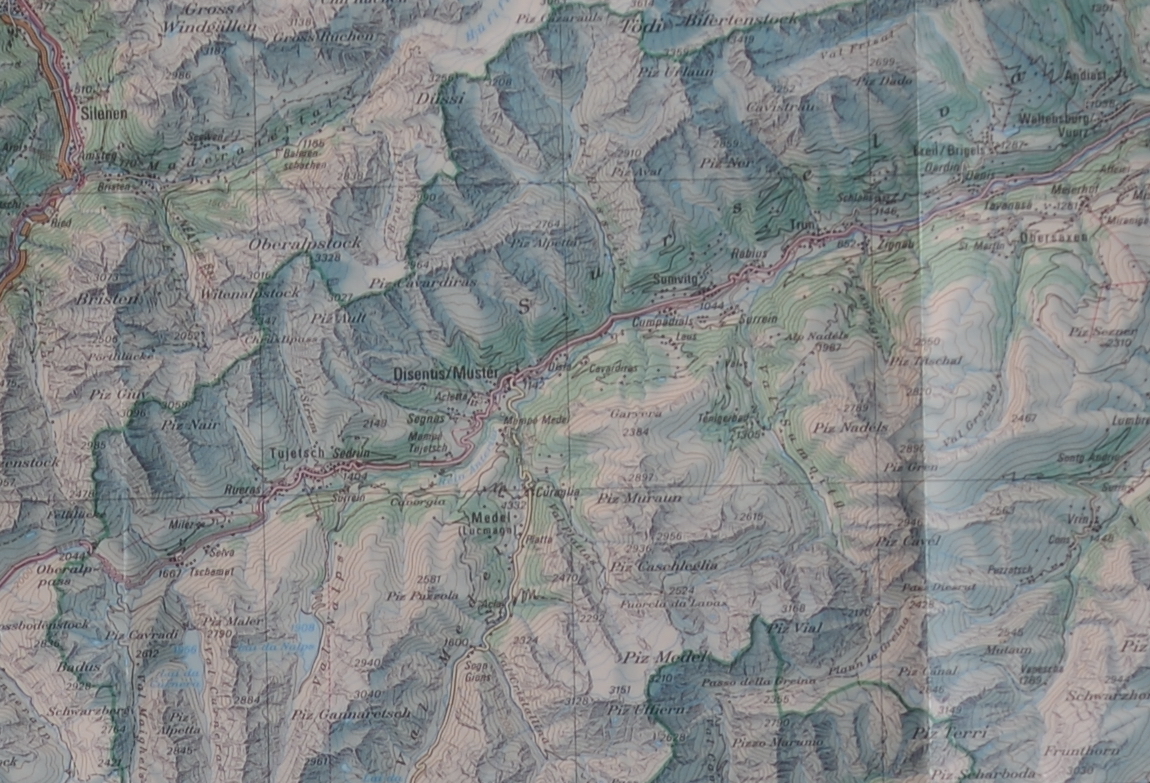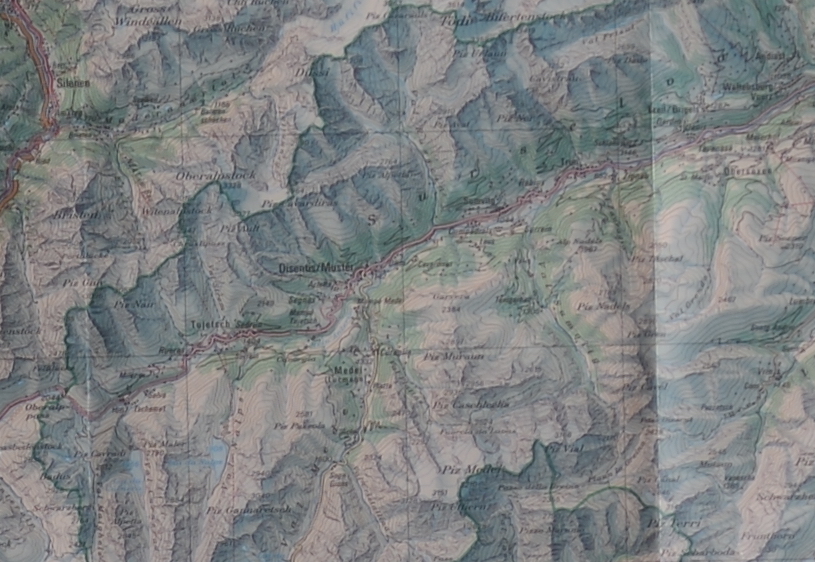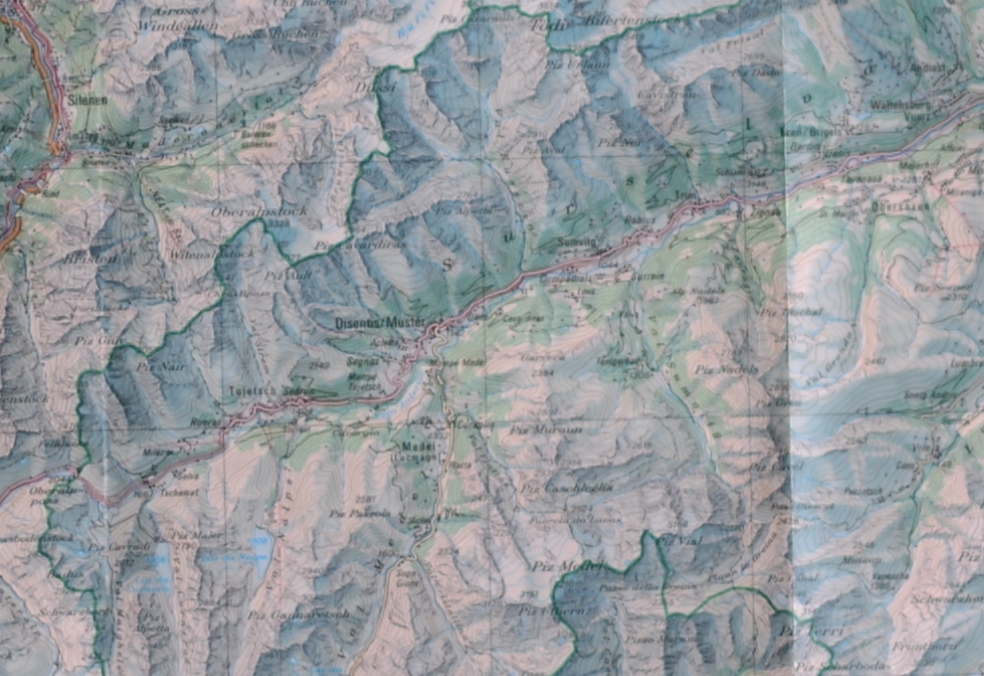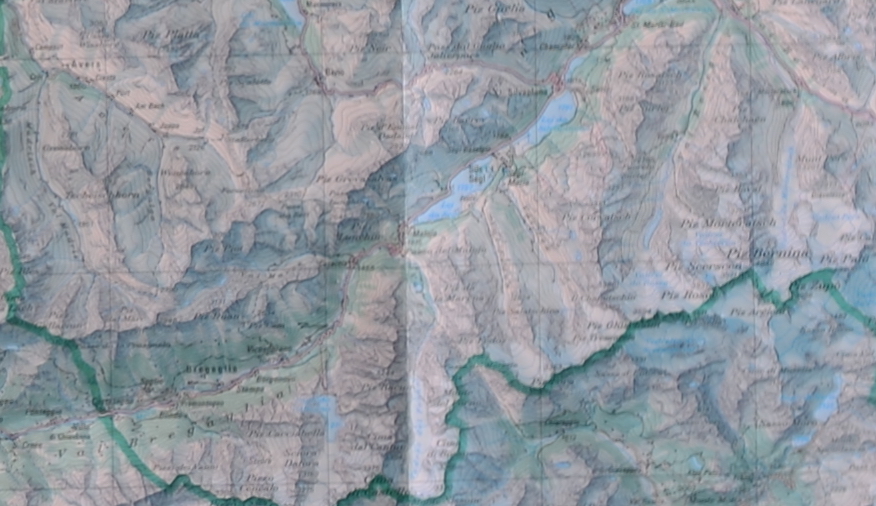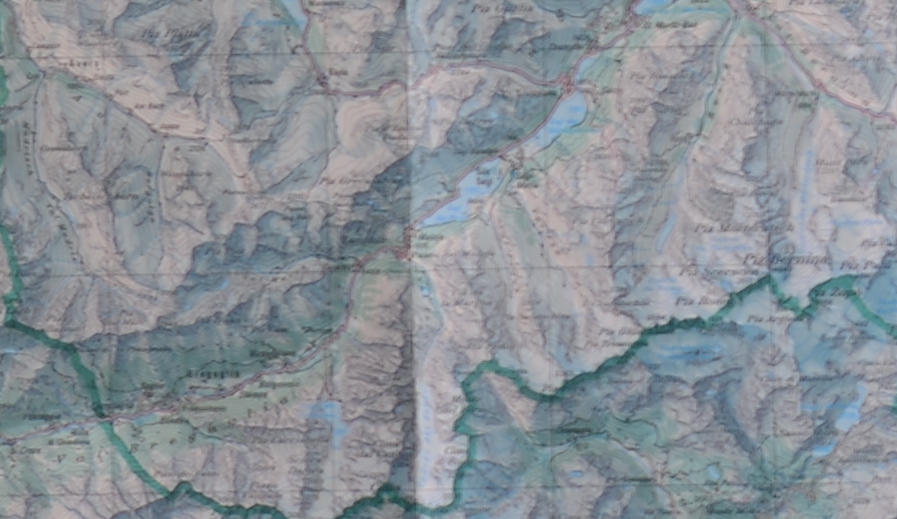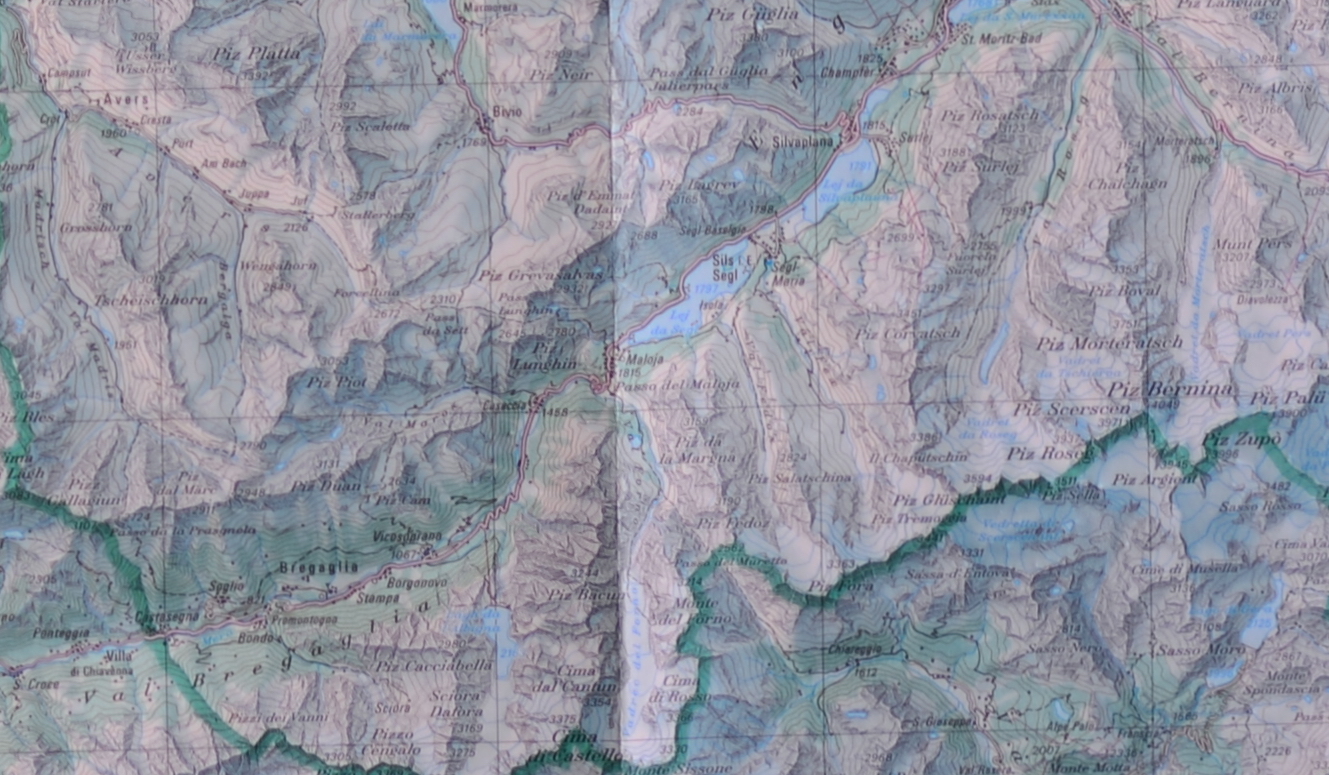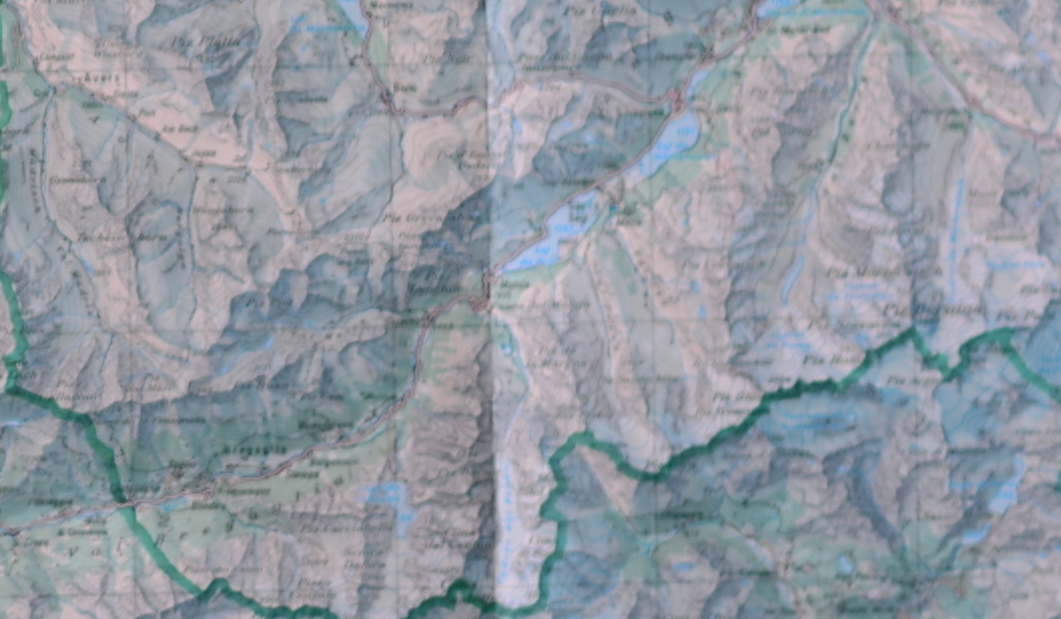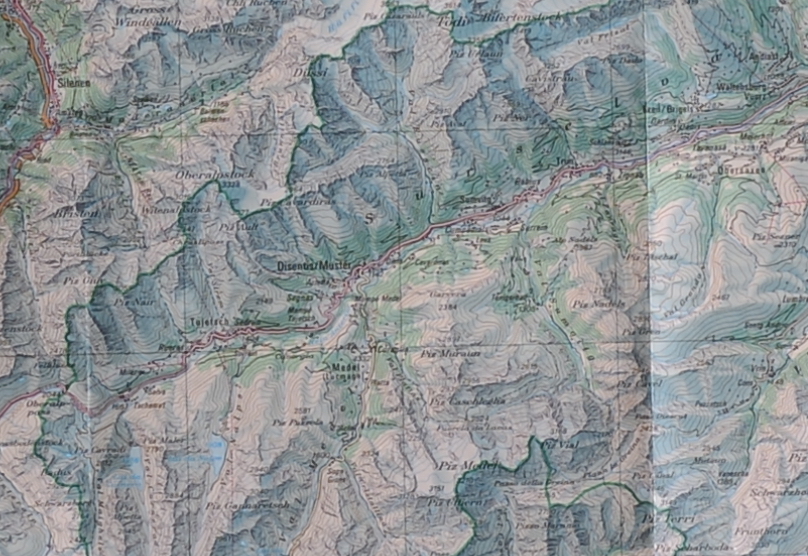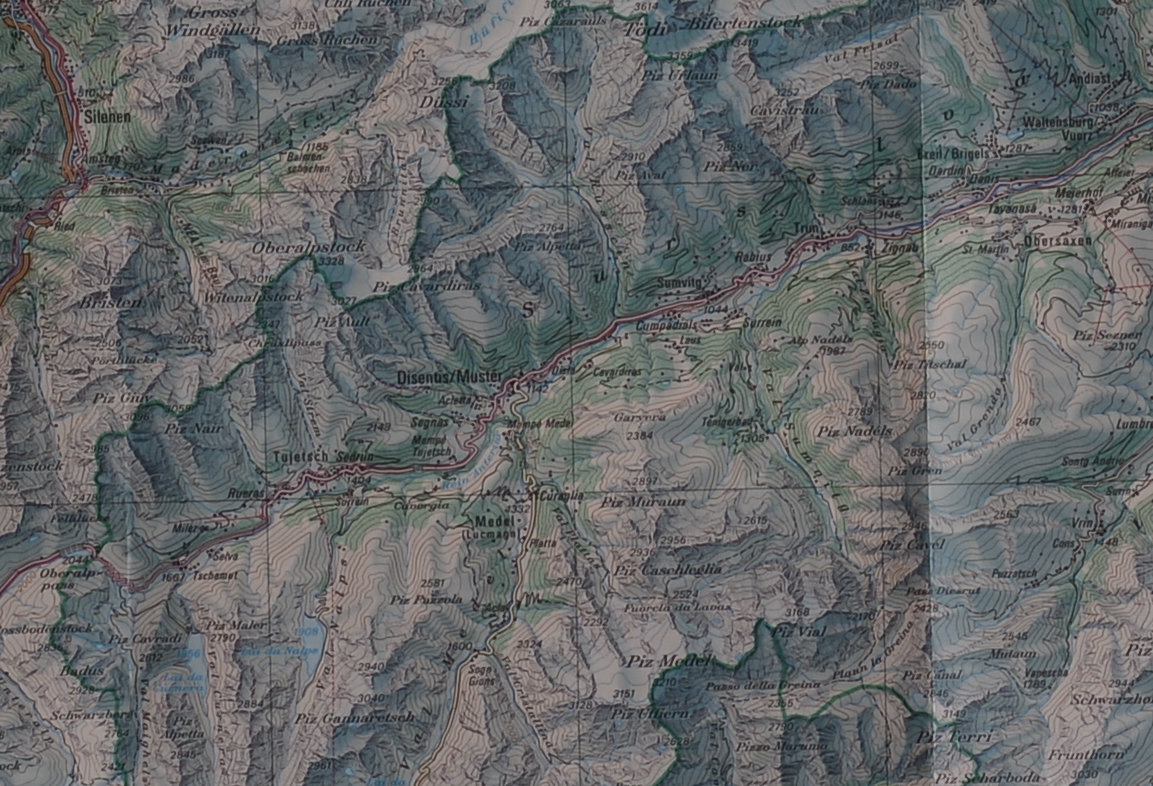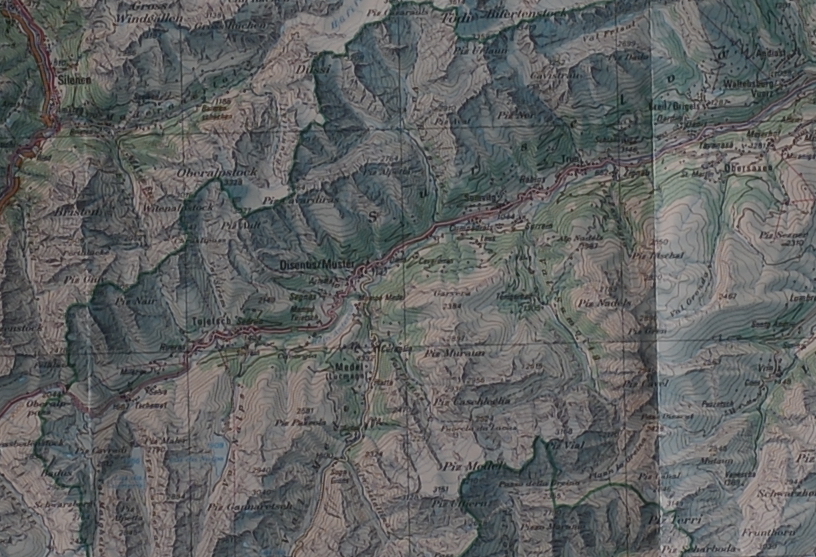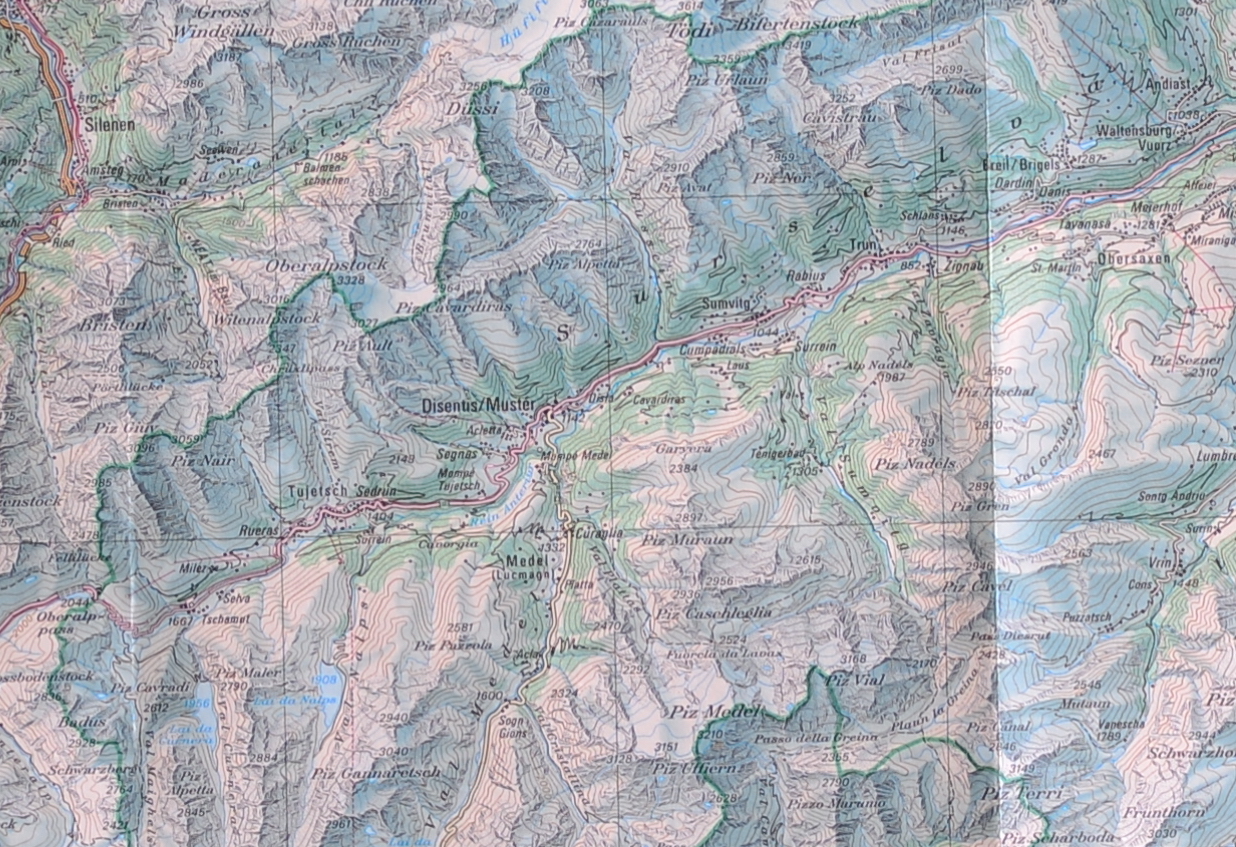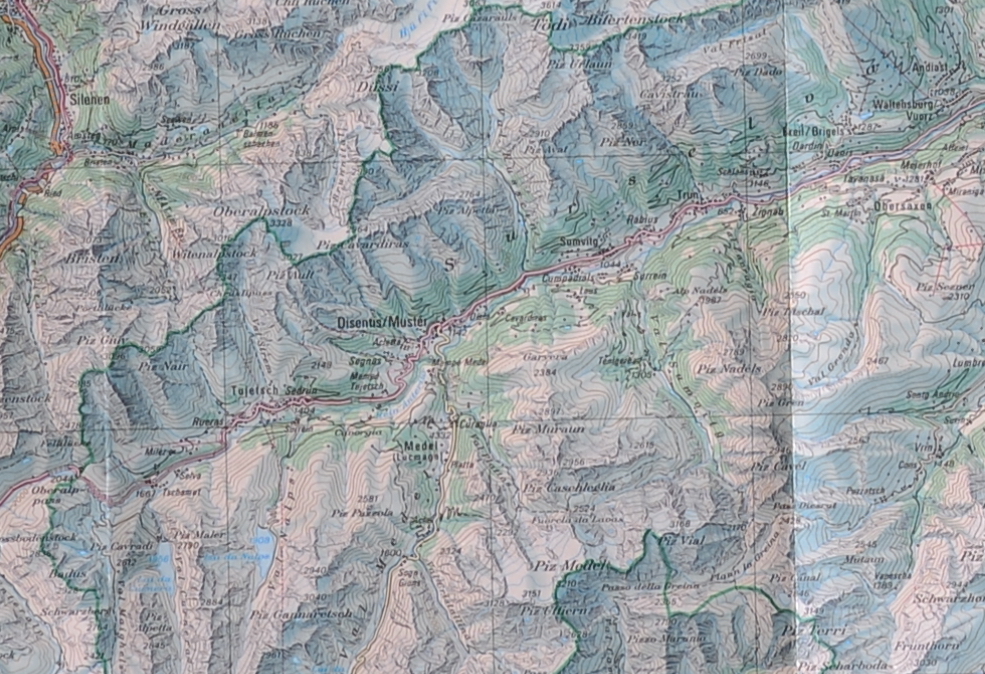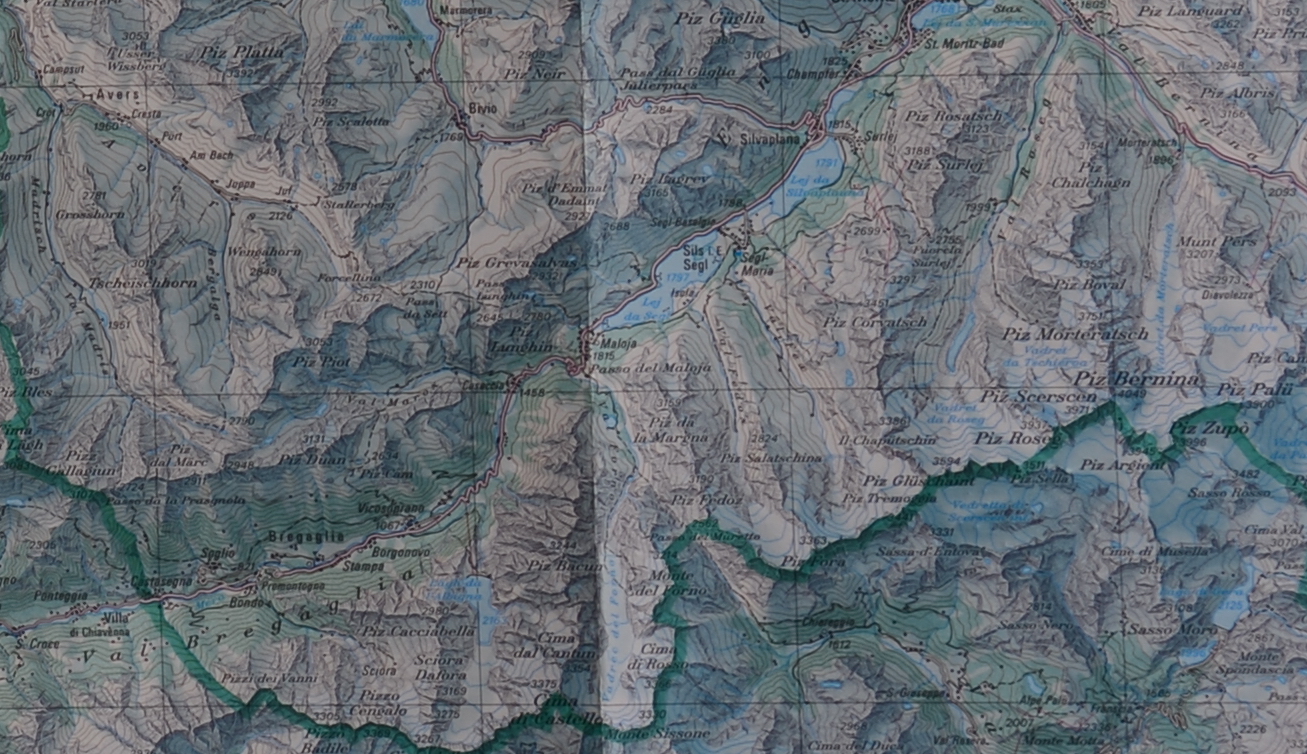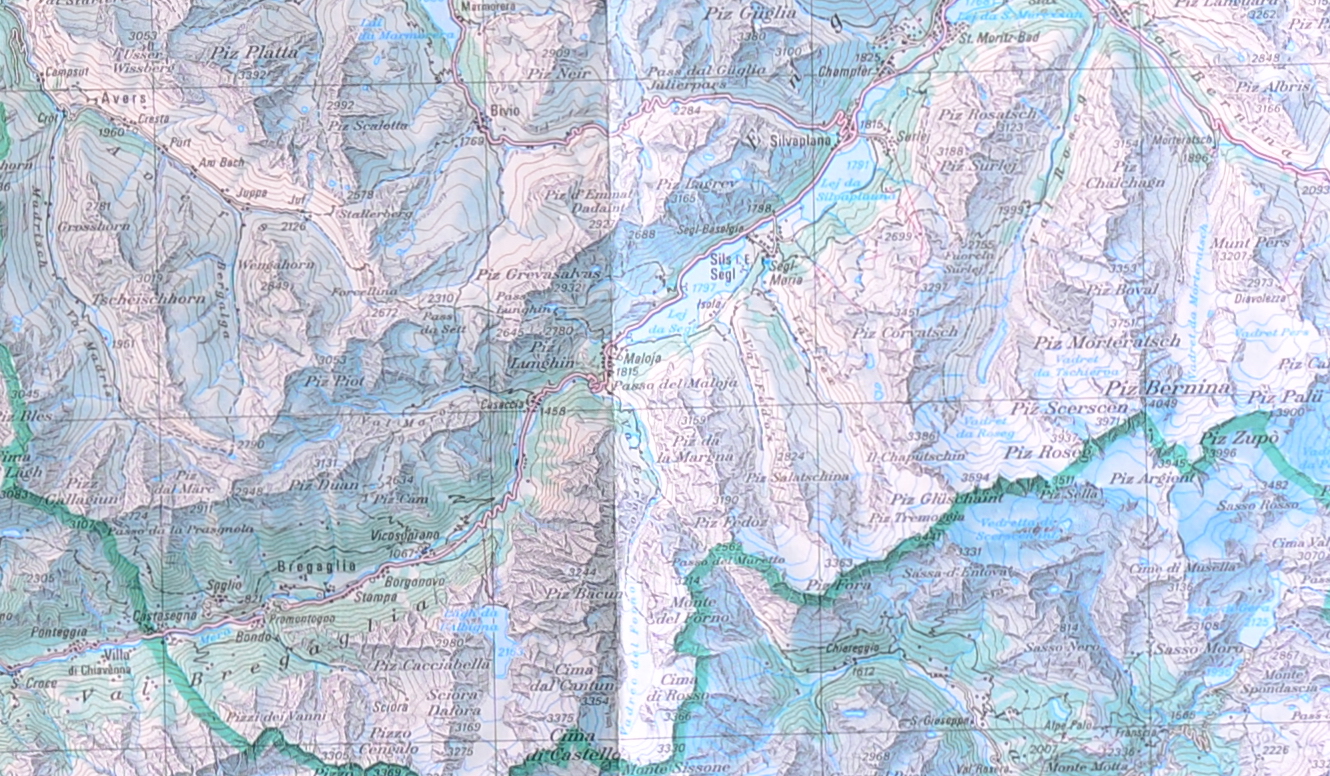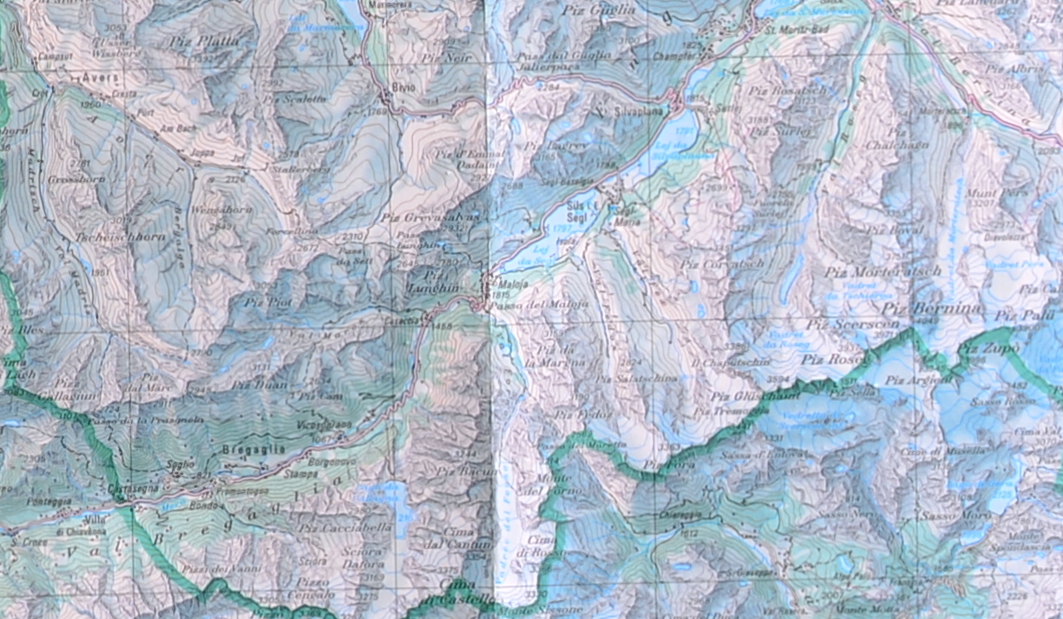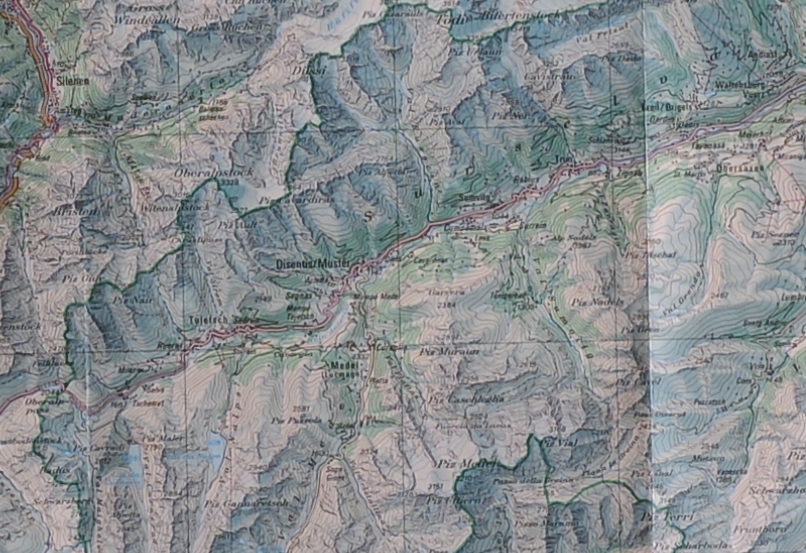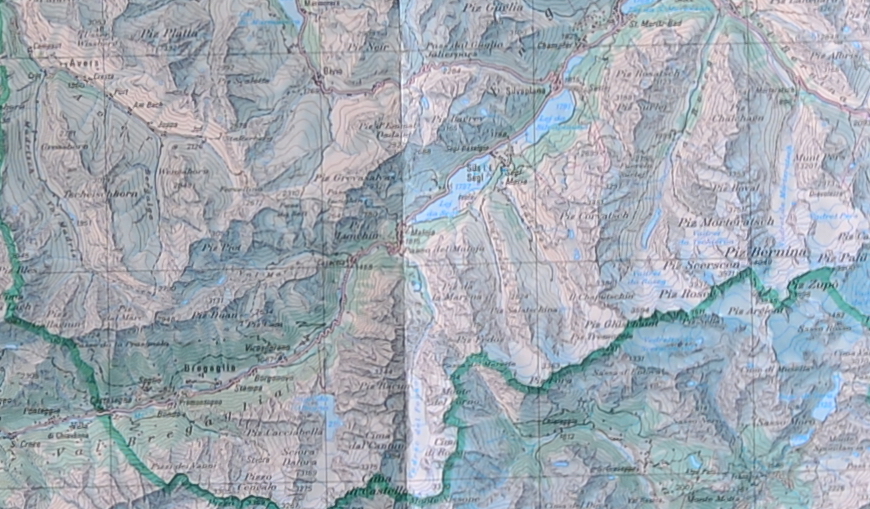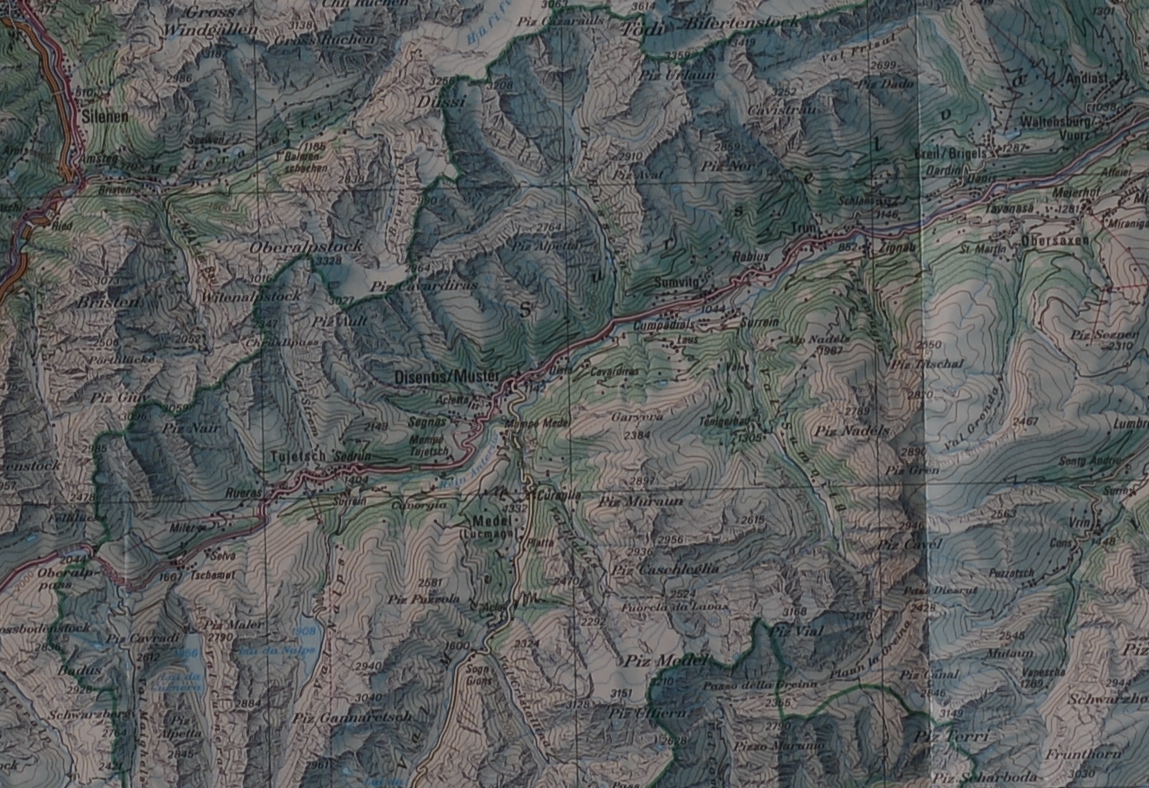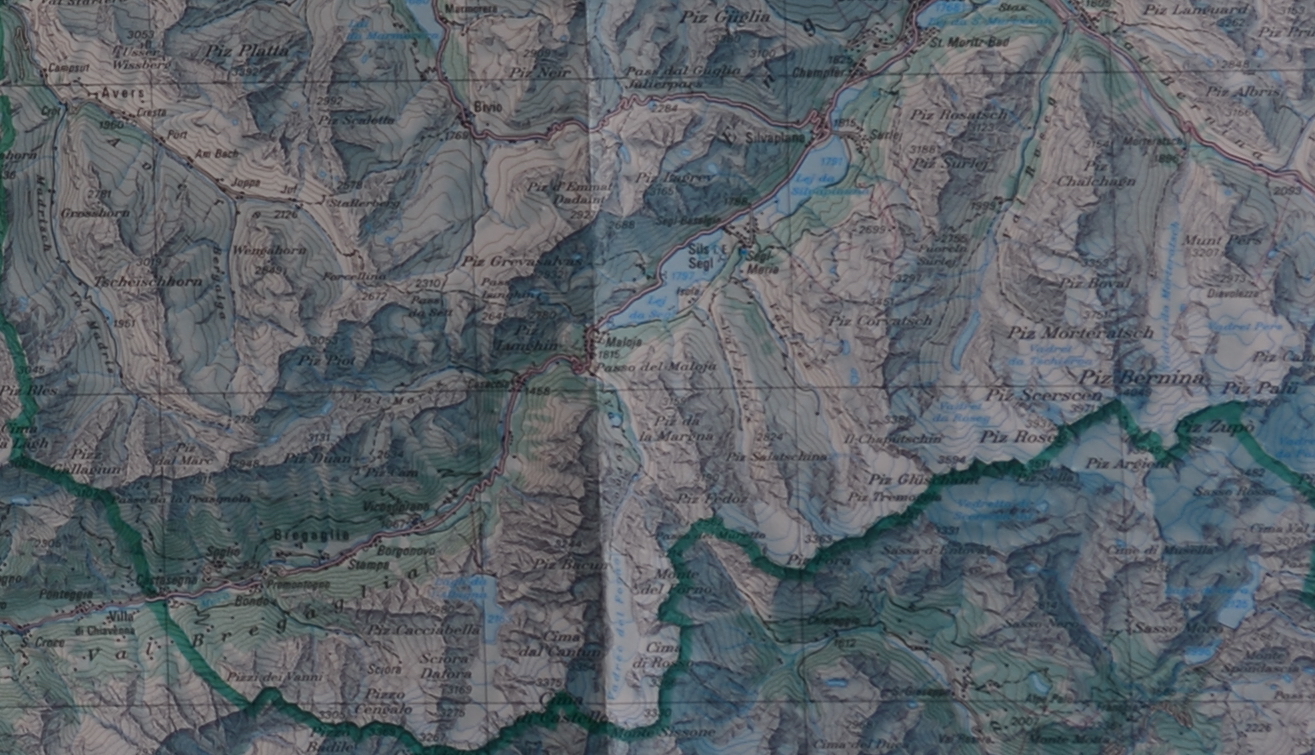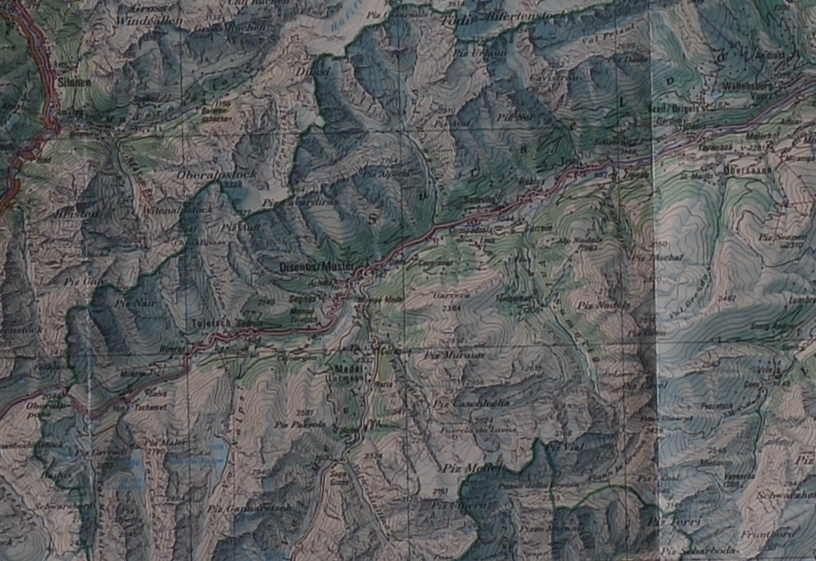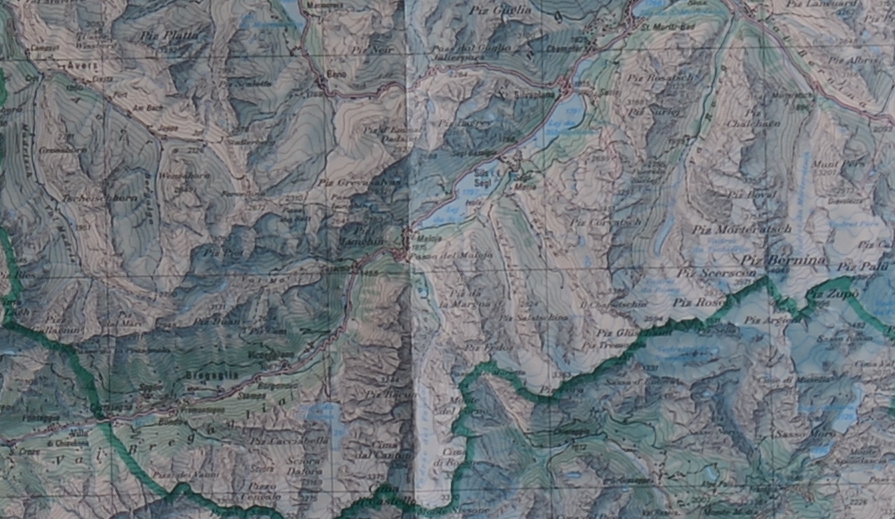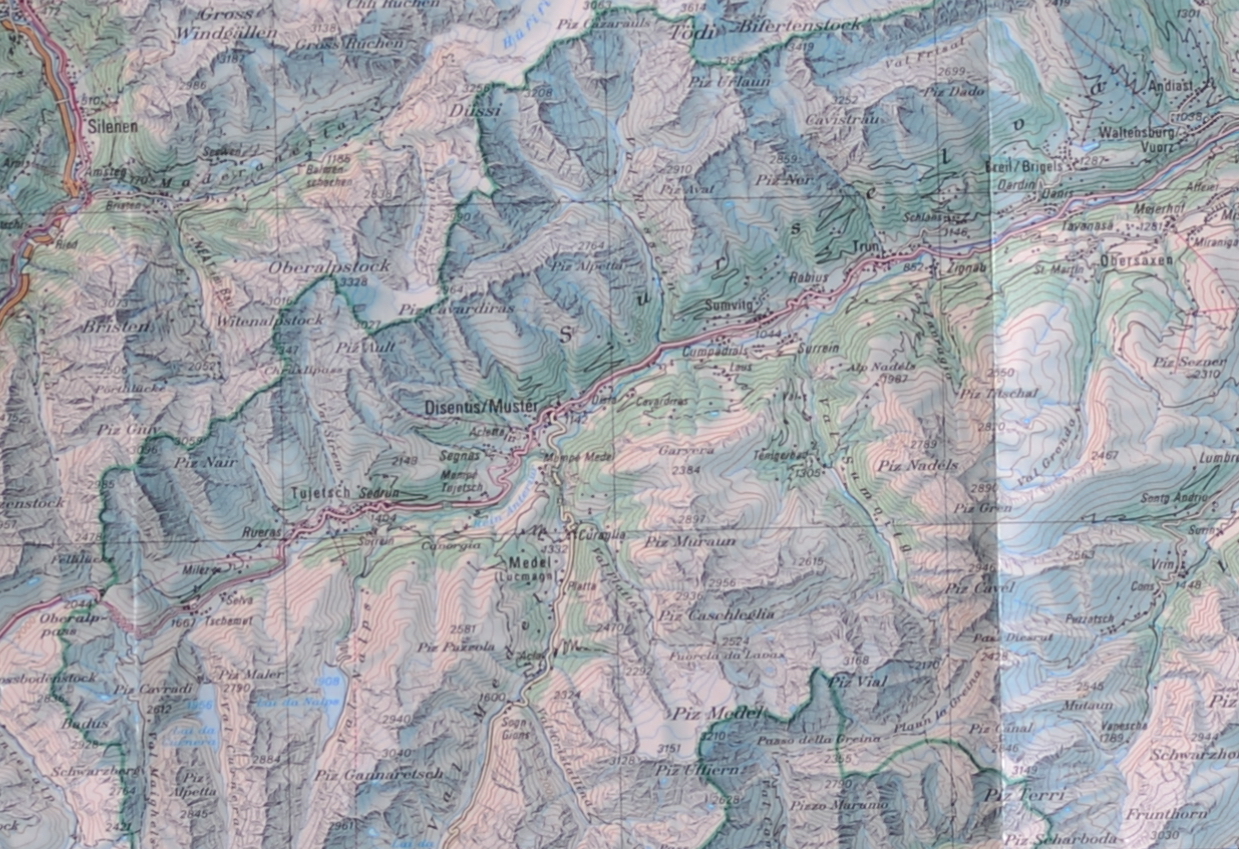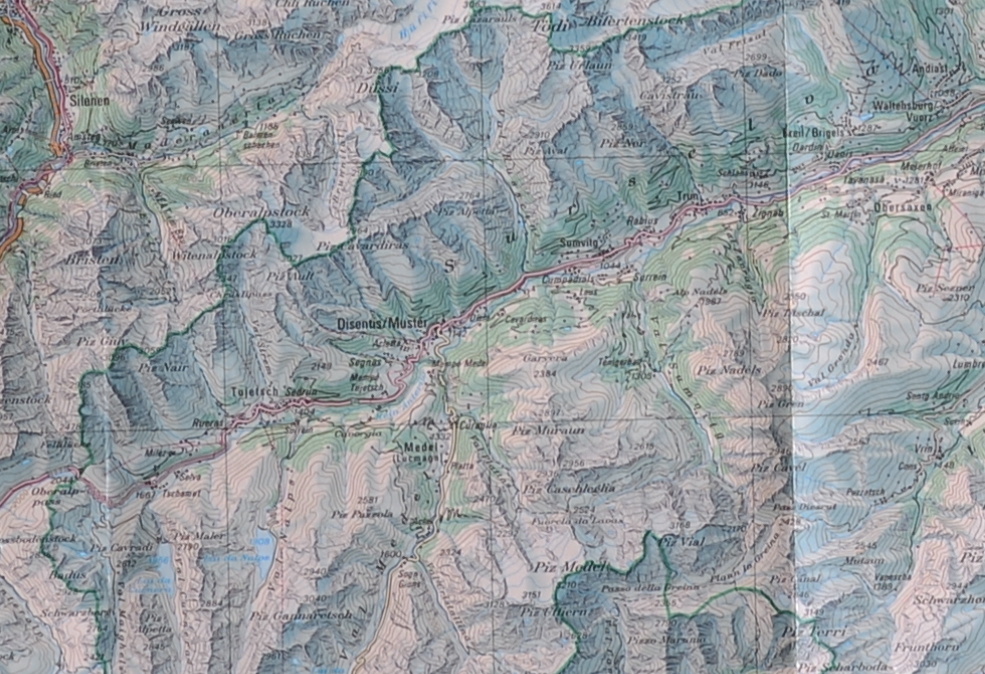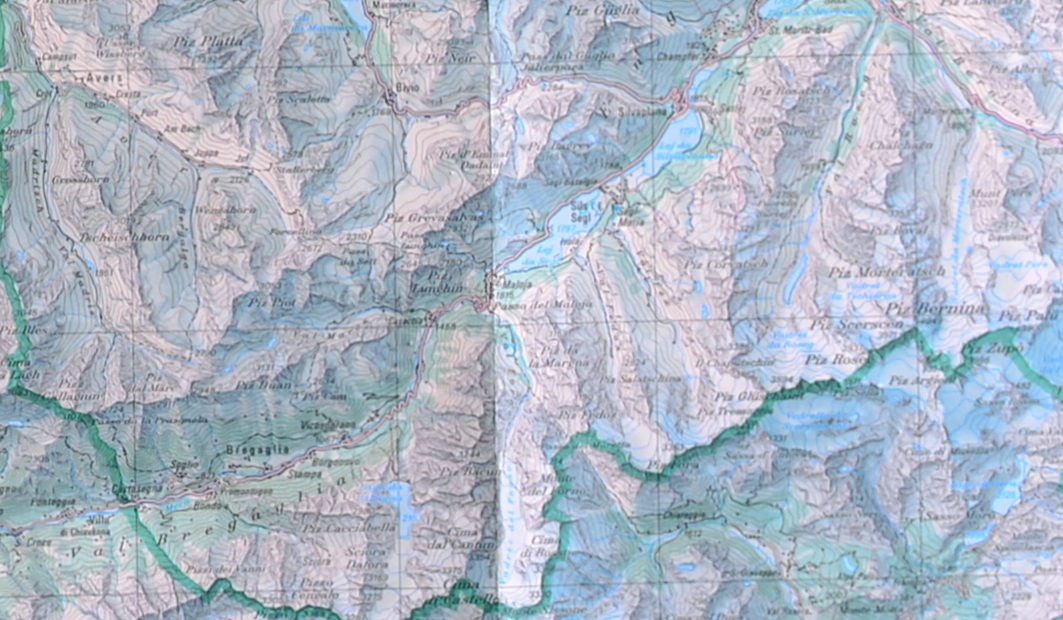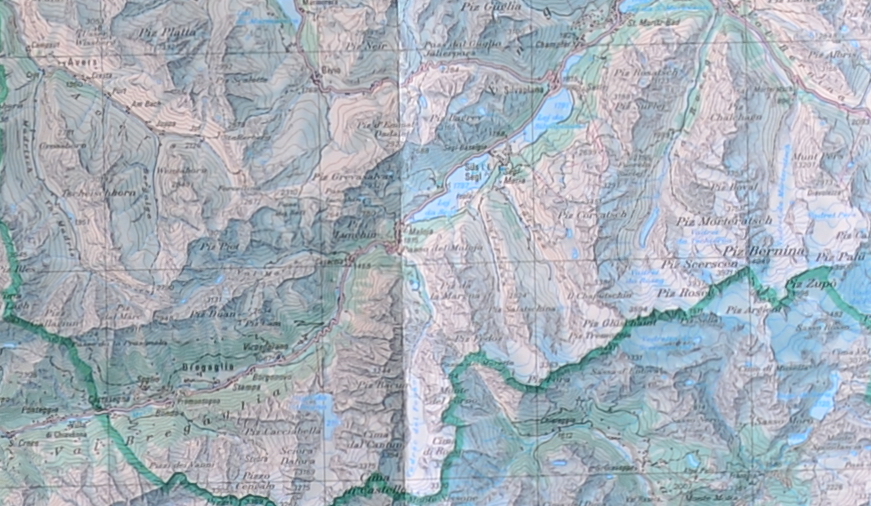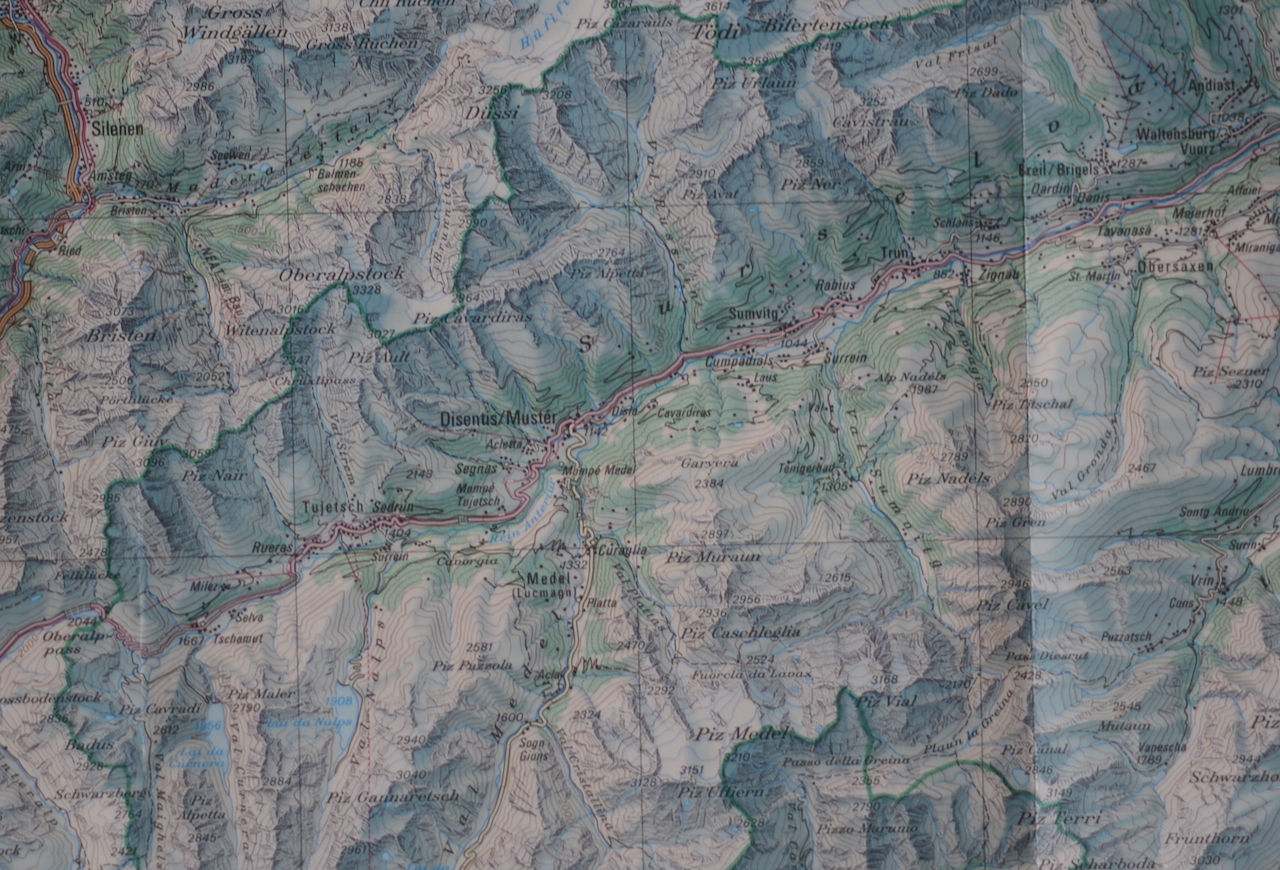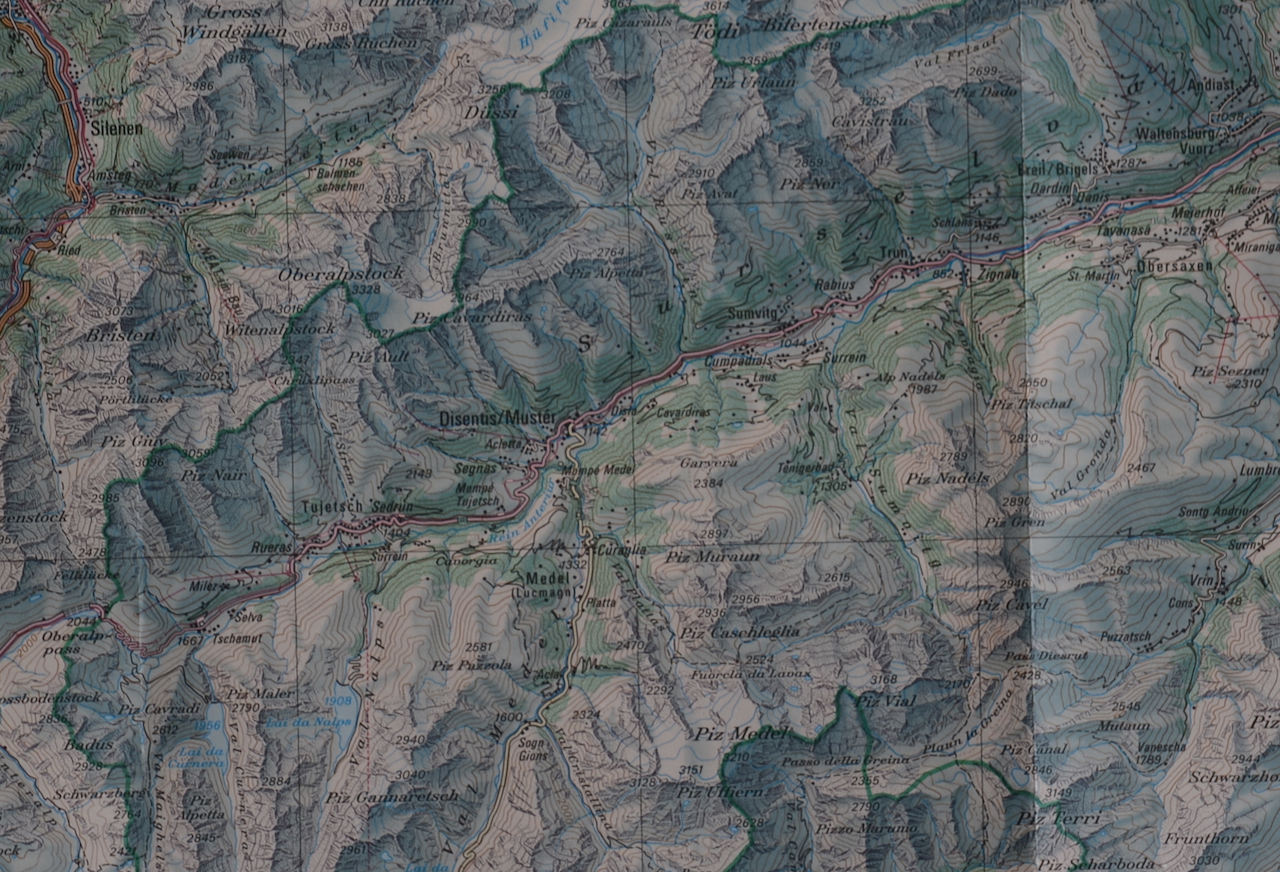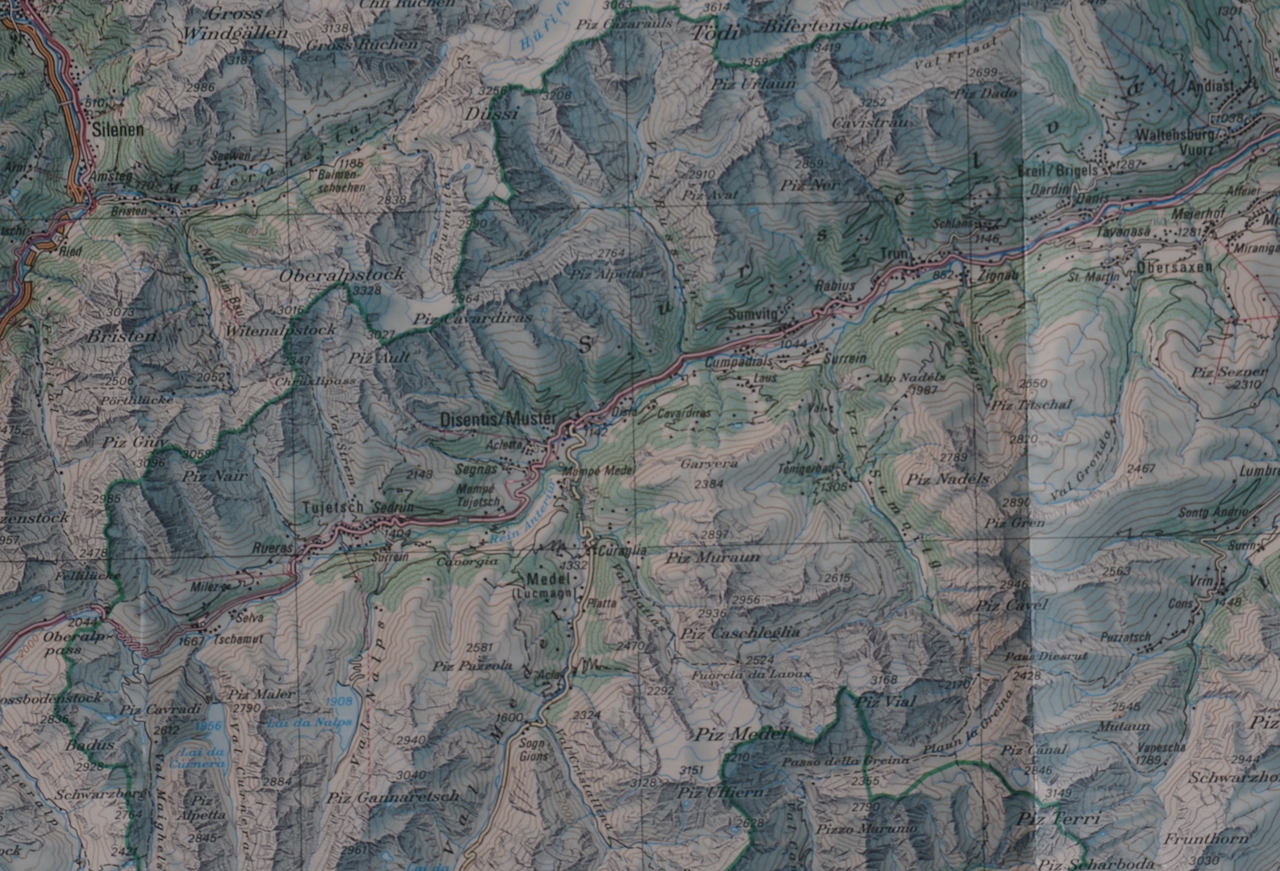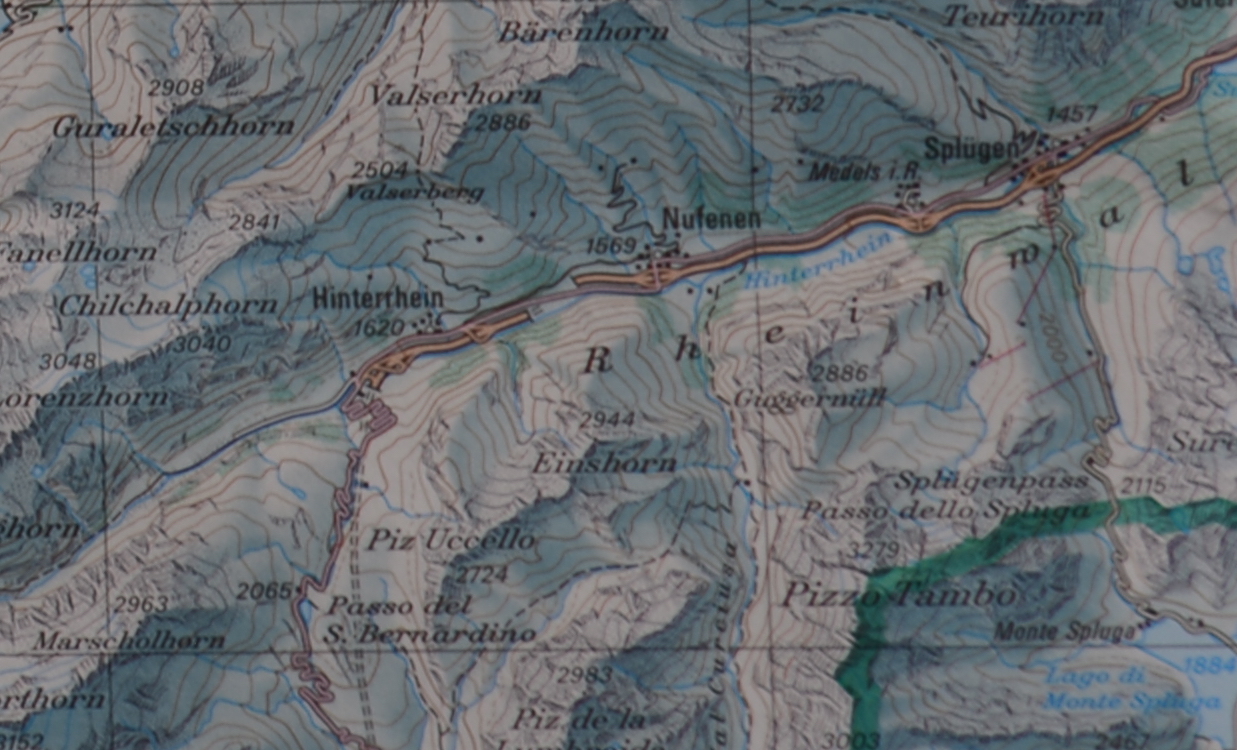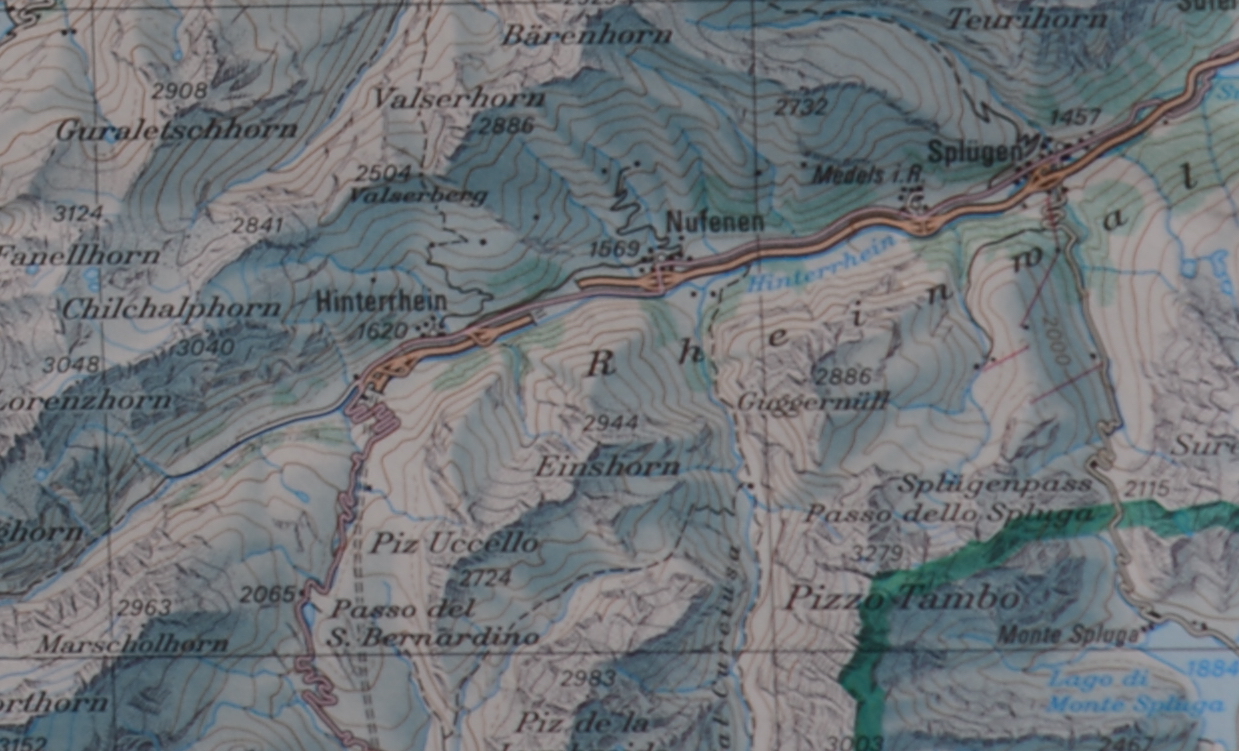Sharpness test: Difference between revisions
No edit summary |
No edit summary |
||
| Line 28: | Line 28: | ||
==== Problems ==== | ==== Problems ==== | ||
This is not at all like the nice laboratory comparison pictures. There is plenty of things wrong here | This is not at all like the nice laboratory comparison pictures. There is plenty of things wrong here | ||
* I let the camera in the Aperture Priority setting. Not all lenses had the same light reading as a result there is quite a bit of variation with the [[exposure time]] even though the same [[aperture]] was being used | * Seeing as how much [[aperture]] played a role, I should have used a smaller [[aperture]] as well. Probably fastest, <kbd>f/11</kbd> and slowest would be a better measure than what I did. | ||
* One of the lenses had a tinted filter that I did not realize (or was too lazy to figure out at the time) | * I let the camera in the '''Aperture Priority''' setting. Not all lenses had the same light reading as a result there is quite a bit of variation with the [[exposure time]] even though the same [[aperture]] was being used. | ||
* One of the lenses had a tinted filter that I did not realize (or was too lazy to figure out at the time). | |||
* Regardless, using natural light from the side was not a good idea. There was not much variation in the actual light conditions as all shots were taken within about 10 minutes. | * Regardless, using natural light from the side was not a good idea. There was not much variation in the actual light conditions as all shots were taken within about 10 minutes. | ||
* I am not 100% sure if the focus was correct for all. When in doubt, the focus was manually corrected/checked using '''live view'' and zooming in digitally. | * I am not 100% sure if the focus was correct for all. When in doubt, the focus was manually corrected/checked using '''live view'' and zooming in digitally. | ||
* As not all lenses use the same [[focal length]], for some of the lenses the ''corner'' was not so much of a corner (it was closer to the middle). | * As not all lenses use the same [[focal length]], for some of the lenses the ''corner'' was not so much of a corner (it was closer to the middle). | ||
* | * Again as not all lenses use the same [[focal length]] the zoomed areas have different number of pixels. No scaling was made, so pictures may also look different because of that | ||
== The result == | == The result == | ||
* These comparative setups are not so easy to set up | |||
* Even the ''cheapest'' lens can produce ''sharp'' images and even the ''best'' lens can produce ''blurred'' images when paying attention. | |||
* The most important issue for edge to edge sharpness on a flat surface is smaller [[aperture]]. At <kbd>f/8</kbd> most of these shots looks quite good and the differences between the lenses is much less than the difference between the same lens at different [[aperture]]s. | |||
* The [[quality of photographic equipment]] is me a bit different. While the [[sharpness]] here may be OK, I have a much easier time working with some lenses than the others. For me the main ''quality'' is how easy the lens makes me to take the picture I want. | |||
=== Middle at fastest [[aperture]]=== | === Middle at fastest [[aperture]]=== | ||
| Line 50: | Line 55: | ||
=== Side by side at <kbd>f/5.6</kbd> === | === Side by side at <kbd>f/5.6</kbd> === | ||
These shots are at the compromise [[aperture]] <kbd>f/5.6</kbd> and for each lens show the middle and the corner section side by side. The ''darkness'' of the images come actually that the aperture priority mode ended up choosing a slightly shorter [[exposure time]]. I should have used a full manual setup where the [[exposure time]] as well as the [[white balance]] was fixed, but I was lazy. | |||
<div class="flex-row row"> | <div class="flex-row row"> | ||
<div class="col-xs-1 col-md-1 col-lg-1"> | <div class="col-xs-1 col-md-1 col-lg-1"> | ||
| Line 115: | Line 121: | ||
== All pictures== | == All pictures== | ||
These are all the pictures I have, this time listed with the real names of the lenses. There are 6 shots for each, the middle and the corner(ish) shot with three different apertures. I have also included the [[Solitor 35-200]] at <kbd>200mm</kbd> which was not in the above comparisons. | |||
<div class="flex-row row"> | <div class="flex-row row"> | ||
=== [[Nikon 105]] === | === [[Nikon 105]] === | ||
Revision as of 06:18, 27 March 2022
Here is a really Amateur Test
I took the best camera I had (Nikon D850), mounted it on a tripod and took pictures of a map on my wall with a couple of different lenses. This is what happened.
What is the story
For only 20, I ended up buying a used Solitor 35-200 lens. While trying out in the office, the lens actually looked very nice. Then I took it out for a trip, and I was quite disappointed, there were some serious issues with sharpness in the pictures. It is easy to blame the lens in these cases. Everyone does, so did I. After a while I decided it would be a good exercise to make a couple of simple test pictures to highlight things for the Quality of photographic equipment page and show what a really bad lens looks like. So I pitted this lens against some of the more renowned lenses I had around.
The setup
I used the Nikon D850 on a tripod, the wall was about 3 meters away and the room was lit from the side through the window with sunlight. I used the lowest ISO setting of the camera, left the camera with auto exposure (which in hindsight was not so smart) and used a timer to take two pictures. I manually choose which of the two shots are better. I made shots with three different aperture setting,
- the fastest that the lens would allow,
- a constant f/5.6 which was a compromise aperture,
- and f/8 traditionally regarded as one of the sharpest settings before diffraction starts taking over.
Afterwards I selected geographic locations on the map and cropped the pictures accordingly. Only one set of figures had to be scaled down to 1280 pixels wide as at 200mm focal length the area was too big and the file exceeded the maximum file size. This version is not being used for the comparisons.
The lenses and focal lengths used are:
- Solitor 35-200 at 70mm and 100mm (there is also a set of results from 200mm, but they are not in the comparison directly. I bought this lens for 20.
- Nikon 85 considered to be one of the sharpest prime lenses
- Nikon 105 the macro lens for the Nikon
- Nikon 24-70 a much celebrated and expensive zoom
For fairness in the first part, I have coded the lenses A, B, C, D, and E. At the bottom there is a full comparison with all pictures, where the lenses are also identified (you can also click on individual images to see what they are). The following is the overview of the image that was used for everything. Map on the wall is actually a very good test subject. It has uniform detail and is (almost) straight.
Problems
This is not at all like the nice laboratory comparison pictures. There is plenty of things wrong here
- Seeing as how much aperture played a role, I should have used a smaller aperture as well. Probably fastest, f/11 and slowest would be a better measure than what I did.
- I let the camera in the Aperture Priority setting. Not all lenses had the same light reading as a result there is quite a bit of variation with the exposure time even though the same aperture was being used.
- One of the lenses had a tinted filter that I did not realize (or was too lazy to figure out at the time).
- Regardless, using natural light from the side was not a good idea. There was not much variation in the actual light conditions as all shots were taken within about 10 minutes.
- I am not 100% sure if the focus was correct for all. When in doubt, the focus was manually corrected/checked using 'live view and zooming in digitally.
- As not all lenses use the same focal length, for some of the lenses the corner was not so much of a corner (it was closer to the middle).
- Again as not all lenses use the same focal length the zoomed areas have different number of pixels. No scaling was made, so pictures may also look different because of that
The result
- These comparative setups are not so easy to set up
- Even the cheapest lens can produce sharp images and even the best lens can produce blurred images when paying attention.
- The most important issue for edge to edge sharpness on a flat surface is smaller aperture. At f/8 most of these shots looks quite good and the differences between the lenses is much less than the difference between the same lens at different apertures.
- The quality of photographic equipment is me a bit different. While the sharpness here may be OK, I have a much easier time working with some lenses than the others. For me the main quality is how easy the lens makes me to take the picture I want.
Middle at fastest aperture
Corner at fastest aperture
Middle at f/8
Corner at f/8
Side by side at f/5.6
These shots are at the compromise aperture f/5.6 and for each lens show the middle and the corner section side by side. The darkness of the images come actually that the aperture priority mode ended up choosing a slightly shorter exposure time. I should have used a full manual setup where the exposure time as well as the white balance was fixed, but I was lazy.
All pictures
These are all the pictures I have, this time listed with the real names of the lenses. There are 6 shots for each, the middle and the corner(ish) shot with three different apertures. I have also included the Solitor 35-200 at 200mm which was not in the above comparisons.
Solitor 35-200 at 100mm
This is lens B in the comparisons. The focal length is approximate and the minimum aperture is only indicated, the actual aperture is probably smaller.
Middle
Corner
Solitor 35-200 at 200mm
These were not used for the comparison above as it was a bit too long.
Middle
Corner
These pages are for Amateur Photographers and not really for seasoned photographers and professionals. I have no affiliation or commercial interest with any brand/make. I write from my own experience. I ended up using mainly Nikon, so I am more familiar with this brand than others. See price for notes on pricing as well as photography related links.

